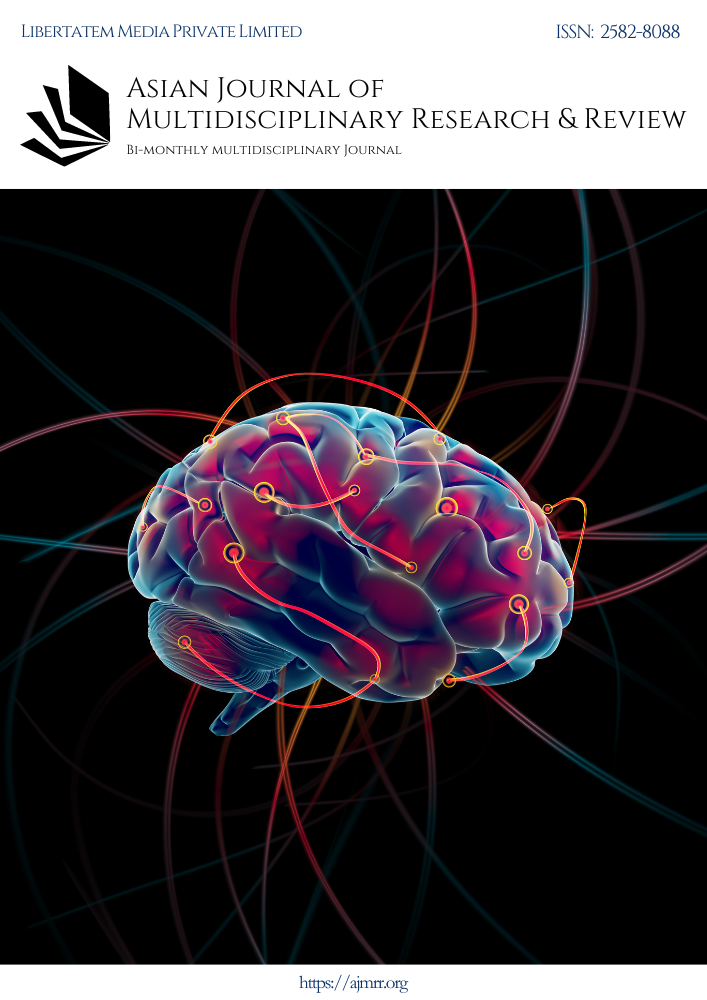TECHNIQUES AND MAXIMS OF TEACHING
Keywords:
Instructional Procedure, Techniques and PedagogyAbstract
This is a theoretical paper which tries to explain the techniques and maxims of teaching. In this paper we tried to explain the meaning, types of maxims and techniques. The most important ingredient of teaching is that the ‘Instructional Procedure’ designed by a coach to use within the classroom. Verbal and nonverbal interaction is bringing desirable behavioral change among students. Within the pedagogy of education techniques and maxims are employed for preparing instruction’ for teaching. Now in Educational technology strategies, tactics and devices are used for developing instructions for teaching to achieve the objectives of teaching. While in pedagogy the techniques are used for effective persecution of content within the classroom teaching. The term and ideas are the identical but their nomenclature and purpose has been changed. The term devices and tactics are used their nomenclature and purpose has been changed. The term devices and tactics are used for techniques and maxims. These techniques and maxims are indispensable in designing instructional procedure for teaching. Teaching is social-phenomena, so it's very complex, the notice of methods and teaching can't serve the aim. Teaching includes several components like teaching activities learning conditions, entering behaviors of the student’s age level, the indirect and desires, school organization classroom climate, teaching techniques and maxims for generating appropriate learning situations.
Downloads
Downloads
Published
Issue
Section
License

This work is licensed under a Creative Commons Attribution-NonCommercial-ShareAlike 4.0 International License.
License Terms
Ownership and Licensing:
Authors of research papers submitted to the Asian Journal of Multidisciplinary Research & Review (AJMRR) retain the copyright of their work while granting the journal certain rights. Authors maintain ownership of the copyright and grant the journal a right of first publication. Simultaneously, authors agree to license their research papers under the Creative Commons Attribution-ShareAlike 4.0 International (CC BY-SA 4.0) License.
License Permissions:
Under the CC BY-SA 4.0 License, others are permitted to share and adapt the work, even for commercial purposes, as long as proper attribution is given to the authors and acknowledgment is made of the initial publication in the Asian Journal of Multidisciplinary Research & Review. This license allows for the broad dissemination and utilization of research papers.
Additional Distribution Arrangements:
Authors are free to enter into separate contractual arrangements for the non-exclusive distribution of the journal's published version of the work (e.g., posting it to institutional repositories or publishing it in books), provided they acknowledge the initial publication of the work in the Asian Journal of Multidisciplinary Research & Review.
Online Posting:
Authors are encouraged to share their work online (e.g., in institutional repositories or on personal websites) both prior to and during the submission process to the journal. This practice can lead to productive exchanges and greater citation of published work.
Responsibility and Liability:
Authors are responsible for ensuring that their research papers do not infringe upon the copyright, privacy, or other rights of any third party. The Asian Journal of Multidisciplinary Research & Review disclaims any liability or responsibility for any copyright infringement or violation of third-party rights in the research papers.



